Publication details
Publisher: Palgrave Macmillan
Place: Basingstoke
Year: 2002
Pages: 54-68
ISBN (Hardback): 9781349427710
Full citation:
, "From formless matter to matter with form", in: George Eliot, judaism and the novels, Basingstoke, Palgrave Macmillan, 2002


From formless matter to matter with form
pp. 54-68
in: , George Eliot, judaism and the novels, Basingstoke, Palgrave Macmillan, 2002Abstract
As discussed previously, in kabbalistic tradition one definition of something being golem — both as noun and adjective — is that it have no shape or form. As an entity comes within bounds, or gains shape, perspective, or definition, it ceases to be golem. Such a process — from chaos to order — can be applied to many creation myths. A distinguishing feature of the golem myth is that it locates this process in the individual. Eliot's use of the paradigm is not merely the novelist's art of exploiting it for dramatic and metaphoric purposes but a more exact use of the religious and philosophic ideas that accompany Jewish mysticism. To do this, she was able to call upon precursors in literature and religious philosophy.
Publication details
Publisher: Palgrave Macmillan
Place: Basingstoke
Year: 2002
Pages: 54-68
ISBN (Hardback): 9781349427710
Full citation:
, "From formless matter to matter with form", in: George Eliot, judaism and the novels, Basingstoke, Palgrave Macmillan, 2002

